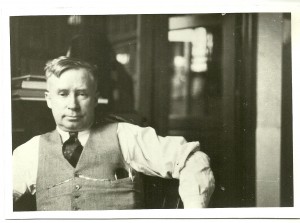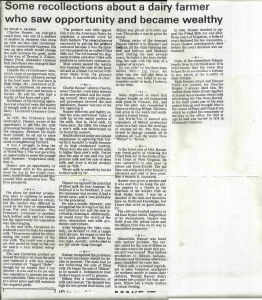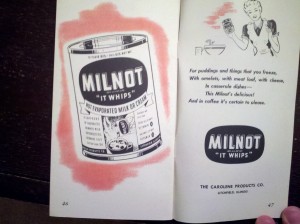Adrian Vermeule had review last month in the The New Republic about Michael Gerhardt’s The Power of Precedent. Vermeuele has some interesting things to say about how the Court reached its decision in NIFB v. Sebelius:
If the Justices rarely overrule precedents, moreover, it may be because they rarely need to. It is the unusual case that cannot be put aside as irrelevant (“distinguished,” as lawyers say), at least with enough effort and ingenuity. In high-stakes cases, the effort is worth it, and the Justices have a crowd of ingenious clerks and counsel to help them make it all come out right. The health care opinions feature the most useful tool in the legal casuist’s toolbox, which is the introduction of an entirely new conceptual dimension unanticipated by the earlier precedents. “Sure, the cases say that Congress may regulate economic matters,” certain Justices reasoned, “but this is a regulation of economic inactivity rather than economic activity, and we’ve never said that was OK.” Welcome to the new paradigm.
It is this ability to introduce new and unforeseen dimensions that puts today’s precedent at the mercy of the future. Randy Barnett, a libertarian legal scholar and advocate—the genial Victor Frankenstein who stitched together and galvanized the activity/inactivity distinction—has suggested that even though the Affordable Care Act was upheld, the opinions handed his side a long-run victory by announcing a more restrictive set of Commerce clause doctrines. He lost the battle, but he might still win the war. But Barnett is too shrewd not to understand that judicial opinions by themselves cannot produce long-run victories. A future majority could uphold a future statute falling within the semantic scope of the rules that Barnett likes, by introducing some distinction that neither Barnett nor I can now anticipate. “Sure, the cases say that Congress may not regulate inactivity, but this is a regulation of a special type of inactivity, type X, and we’ve never said that wasn’t OK.” Whether the gambit will work will be a function of the then-prevailing circumstances, not of what some Justices said back in 2012. At the Supreme Court level, in hard cases at least, constitutional law is a game without legal rules; the rules are created and enforced by other means.
I like the image of Randy Barnett as Dr. Frankenstein. In the movie version of Unprecedented, I would do a cutaway to Gene Wilder, circa Young Frankenstein, playing Barnett, screaming atop the Supreme Court, amidst the bolts of lightning, screaming, “It’s Unprecedented. It’s unprecedented!”
So where do these precedents come from?
So what are the rules, and where do they come from? The precedents that mattered in the health care cases were not legal precedents in the narrow sense, the doctrinal rules set out in opinions and dissected at length in constitutional law treatises. What mattered were normatively colored expectations, held by public opinion and (derivatively) by public officials, about how political actors, such as the Justices, do and should behave. These expectations are shaped in part by past episodes—decisive showdowns between branches of government that are refereed by public opinion. The result of such a showdown is a constitutional “convention,” to use the term developed in Commonwealth legal and political theory. Some conventions have fuzzy boundaries and contestable significance, but by and large they are less malleable and more difficult to manipulate than judicially crafted rules, in part because of the high salience of the showdowns that create them and in part because they are typically less elaborate and technical.
One of the key aspects of this challenge was that Randy, and others, were able to shape public opinion, and this derivatively affected how public officials viewed the case. This is the process of popular constitutionalism that enabled the challenge to get to the finish line.


